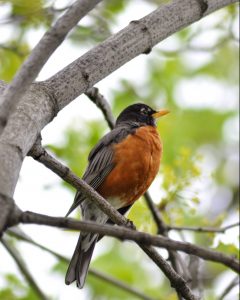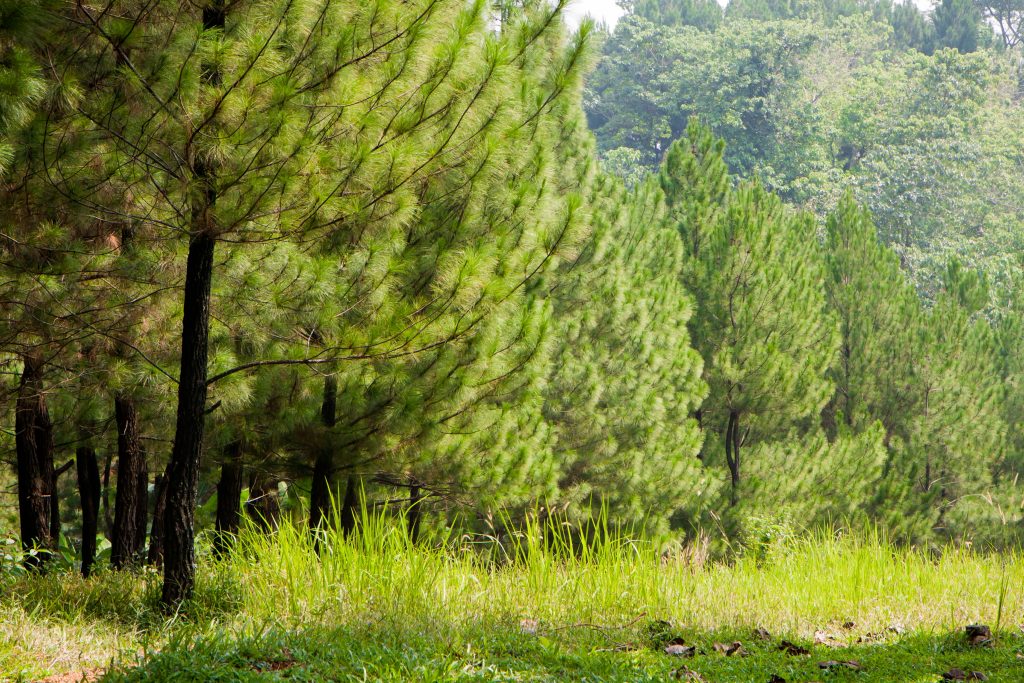Continue reading to review 4 popular choices that are known for exceptionally high levels of annual growth in Indiana.
Hybrid Popular
(Populus deltoides x Populus nigra)
Hybrid Popular Trees are among the fastest growing tree in Indiana. They can grow between 5 and 8 feet every year! They average in height, ranging between 40 and 80 feet. Their foliage and canopy spread can extend up to 30 feet. They work well in various soil conditions, making them the perfect addition to zones 3 through 9, which includes the Hoosier state. Simply plant them in an area with full sun exposure and watch them grow with every season!
Norway Spruce
(Picea abies)
This dark green evergreen tree gets its name from its European roots. But today, it is a popular wind-breaking tree in zones 3 through 7 because it is strong, grows quickly, and has a broad canopy span. They average between 40 and 60 feet high at maturity, and can extend up to 30 feet in width.
Green Giant Arborvitae
(Thuja standishii x plicata)
The Green Giant Arborvitae is also known simply as the green giant, and for exactly what you would expect. It is a giant tree that grows fast and finishes with astonishing measurements, offering both privacy and wind break. Not only can they grow up to 3 feet every year, they can reach heights between 50 and 60 feet high! Their average width is between 12 to 20 feet, making them a more slender evergreen tree. They are also resistant to nuisance deer. They are good fits for zones 5 through 7.
North Privet
(Ligustrum x ibolium)
The North Privet is the fastest growing deciduous hedge in zones 4 to 8. Averaging between 2 to 3 feet each year, their growth can take them to great heights. A mature North Privet can achieve heights between 8 to 13 feet, and grow up to 6 feet in width. They are perfect for shade, privacy, and wind breaking.






